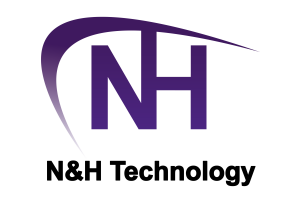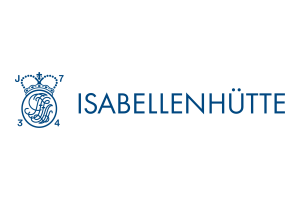More Sales, More Investments
Infineon Sets Goals Upwards
Growth is so dynamic that Infineon is raising its revenue targets and further increasing its investments.
Infineon expects the upswing to continue for a long time to come, well beyond the investments already announced for the construction of the new factory in Villach. At present, there are no signs of a slowdown. Even protectionist measures, which are currently under discussion, could do little to change this, a company spokesman explained in an interview with Markt&Technik. "In addition, politicians in this country have recognized the strategic importance of semiconductors, which provides an additional tailwind."
15 % Investment Ratio Plus 700 Million Euros and More
In detail, Infineon will increase its investment ratio from currently 13 percent to 15 percent per year - and additionally will add a special package consisting of 700 million euros over a period of five years plus a further low three-digit million amount over an indefinite period. The stock market liked the pleasing ad-hoc disclosure: On Friday, the share price rose by 2.5 percent.
The 700 million euros include part of the 1.6 billion euros invested in the construction of the new 300 mm factory in Villach, so that around 50 percent of the 700 million euros will probably go there. "In addition, our front-end locations are bursting at the seams, investments are being made everywhere," said the company spokesman. An example of this is the transfer of the 150 and 200 mm processes to Kulim.
The markets targeted by Infineon - automotive, industrial, IoT, and security applications - promise sustained growth. "Electric mobility, renewable energies, factory automation, data centers, and a constantly increasing number of battery-powered, networked terminals" are the driving trends behind this, explains Dr. Reinhard Ploss, CEO of Infineon.
Sales up 10 % in 2019, 9 % in the Following Years
In specific terms, Infineon expects sales growth of 10 percent in 2019 and 9 percent in the following years (previously 8 percent had been assumed). A prerequisite is that the euro/dollar exchange rate is around 1.20.
"According to current plans, more than half of the power semiconductors produced by Infineon will be manufactured on 300 mm wafers (in Dresden, Germany and Villach, Austria) in the middle of the next decade. This will help us to further improve our profitability despite higher depreciation," explains Ploss.
This is because capital expenditure increases depreciation of property, plant, and equipment by around 3 percentage points relative to sales. However, since Infineon is also increasing the share of cost-efficient 300 mm production, the gross margin is to be maintained at the level of the 2018 fiscal year. In addition, Infineon plans to gradually increase the average segment result margin from the current target value of 17 percent through a disproportionately low increase in functional costs. In perspective, it should therefore be above 17 percent. Selling expenses are expected to increase by 90 percent of sales growth and general and administrative expenses by 60 percent of sales growth.










